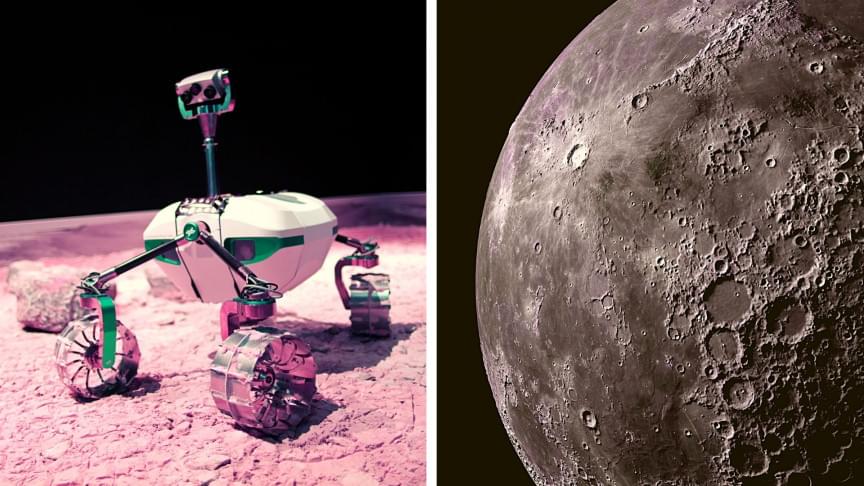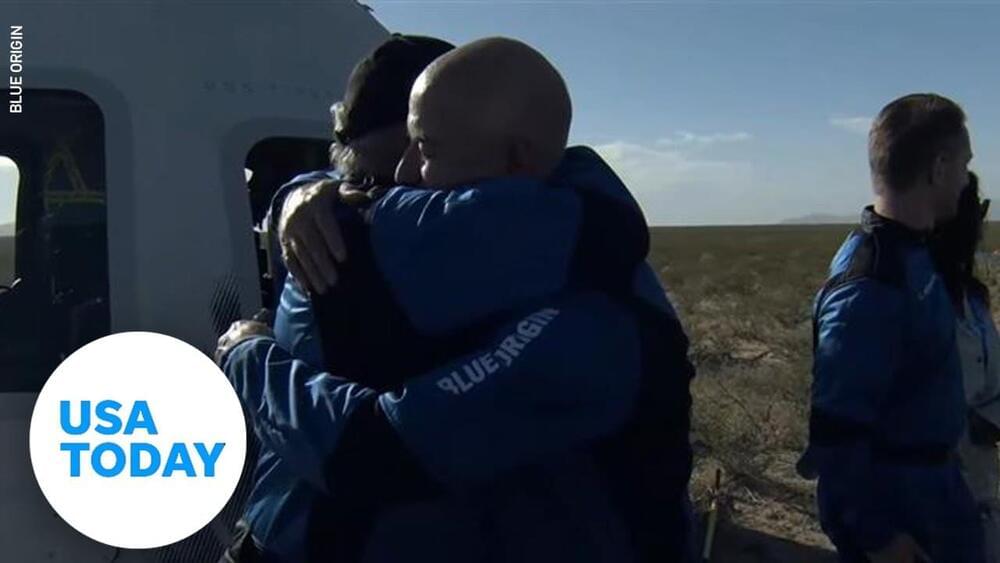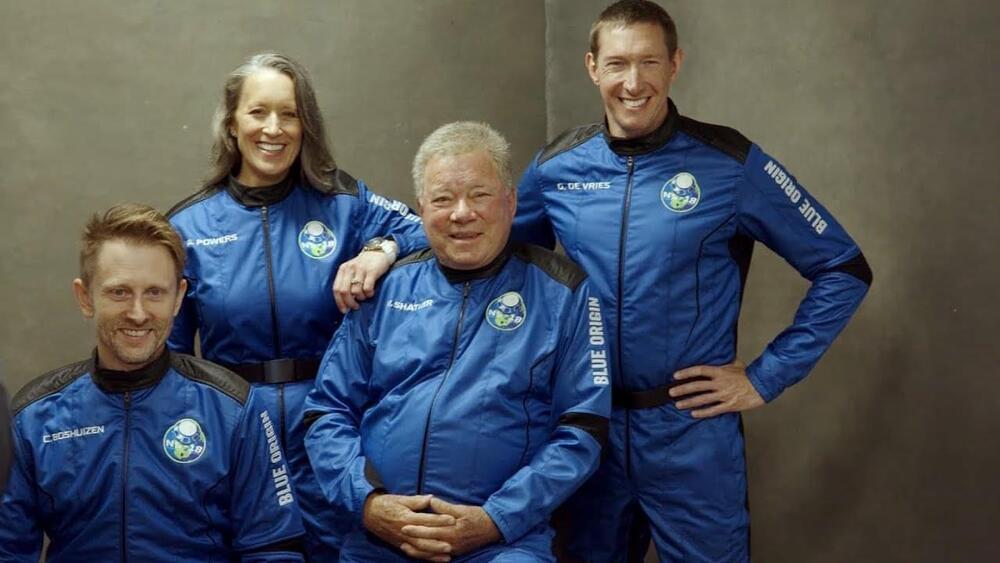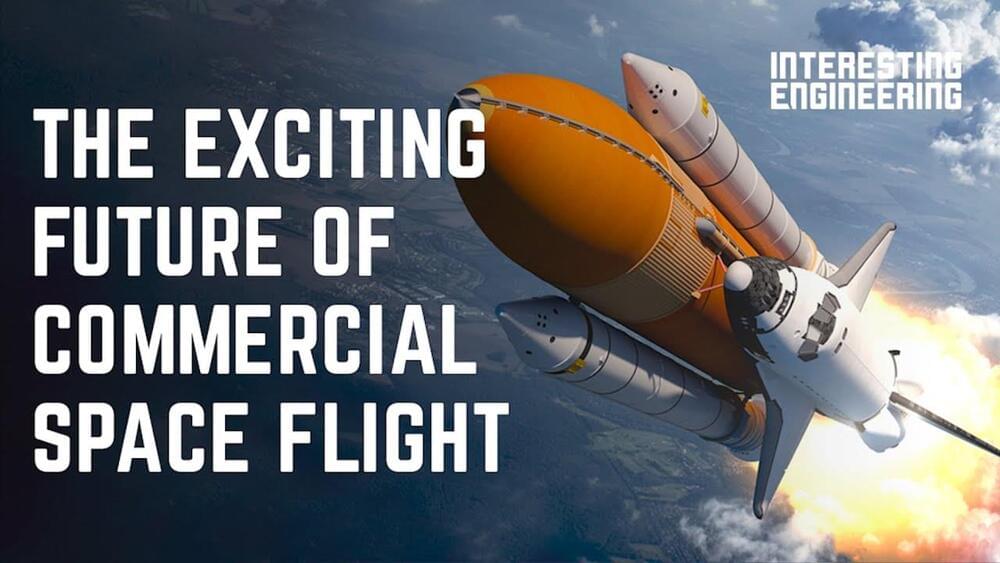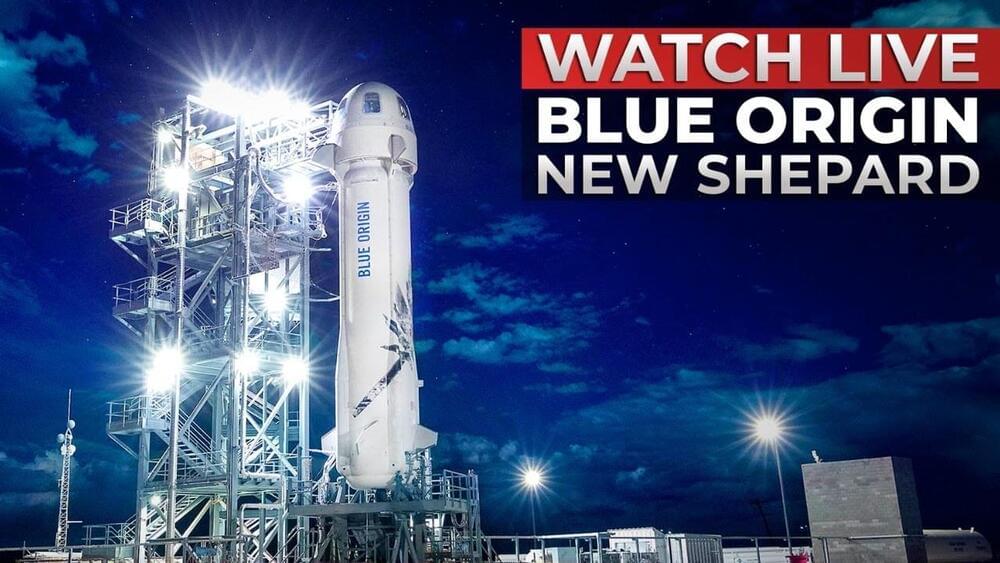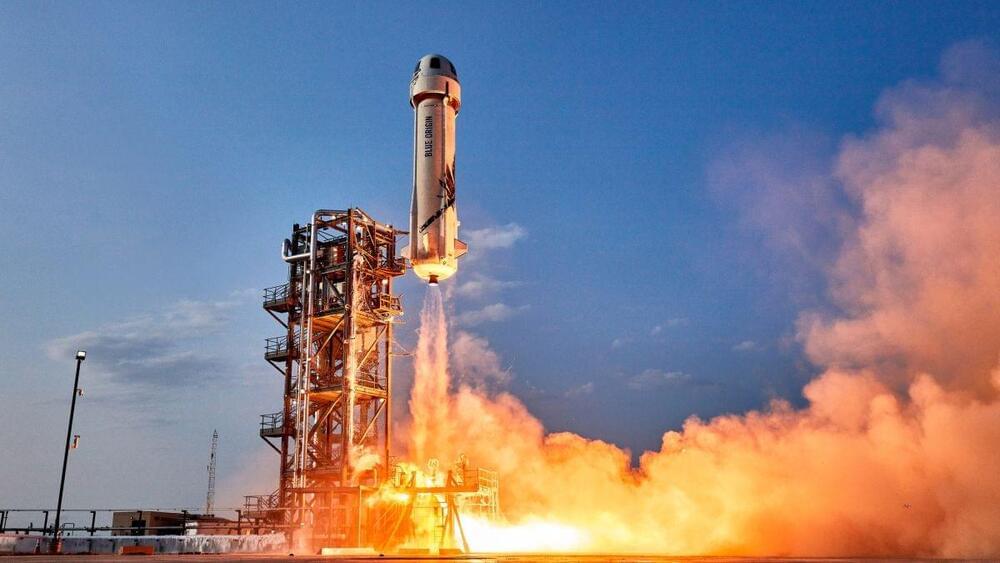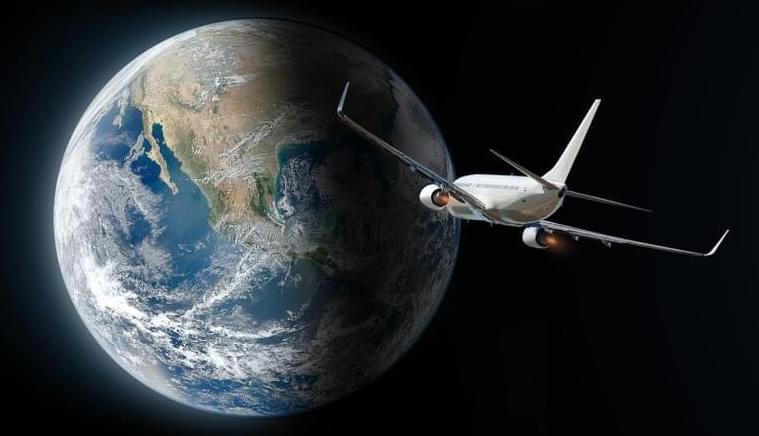
When I was a kid, the promise that ‘common’ people would someday get to space was more of a science fiction idea. We knew that it was on the table, but we never really expected it would turn into reality. ‘Commercial’ flights were depicted in movies, but people never found them convincing enough. However, I was, and still am, somewhat of a dreamer, and somewhere deep inside me, I always kept that promise close to my heart, where many of my motivations and ambitions come from.
SpaceX sparked my imagination when I first heard about it, and Elon Musk was a fantastic source of inspiration for what is to come. Then, as I grew older, things started to shape up, and we began hearing promises of Mars adventures, while commercial flights seemed to be put off for a while. I knew I would never be an ‘astronaut’ in the profound sense of the actual job because of my aspirations as a researcher and teacher rather than a professional pilot. Still, I always dreamt of reaching space during my lifetime.
Now, more than ever before, this thing has been achieved. ‘Civilians,’ or more accurately, an ‘all civilian’ crew has not only reached space but also stayed there for three days. Inspiration4 is the name of the mission, and rightly so, as it inspired everyone with its amazing achievement. For all of the crew members, it was the first flight ever.
